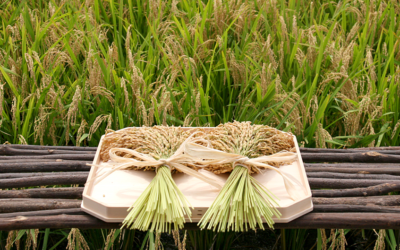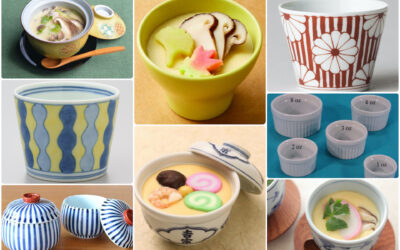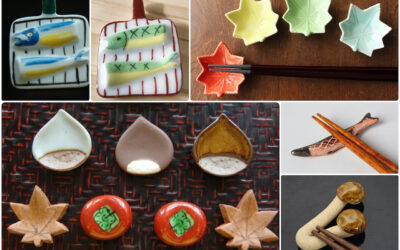
Kitchen Culture Cooking Club
EXPLORE and PRACTICE Japanese cooking in your own kitchenAbout Kitchen Culture Cooking Club
Welcome to the Kitchen Culture Cooking Club, a community space providing encouragement to those who want to EXPLORE and PRACTICE Japan’s washoku wisdom in their own kitchens.
To facilitate this, themed projects will be posted to this page periodically. Project Assignments and links to relevant reference material stored on this site will be posted to this page. Anyone, anywhere in the world, with a sincere interest in Japanese food culture is welcome to browse the contents of this page and then replicate the themed project in their own kitchen.
For those who wish to display-and-discuss their projects with like-minded people, I invite you to join the KITCHEN CULTURE Cooking Club Facebook Group (formerly the TSUDOI Project), an interactive community space.
PROJECT Crunchy, Spicy Cucumbers
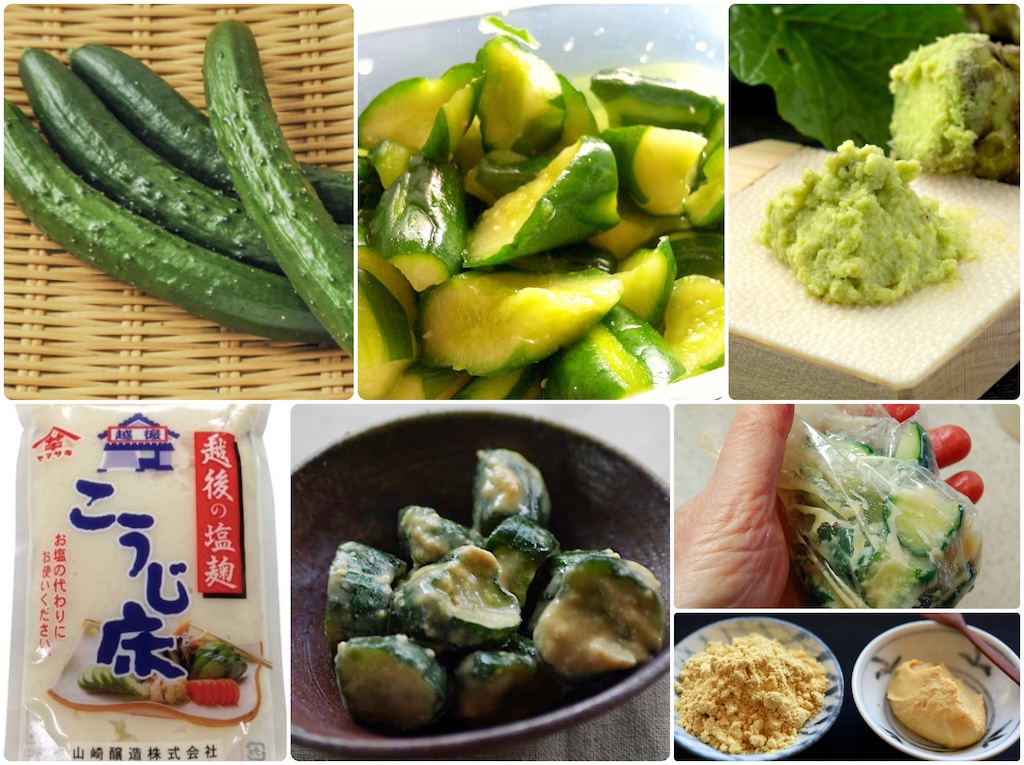
Crunchy, Spicy Cucumbers
The catergory of foods known as tsukémono runs the gamut from sokuseki (“impatient”) and asazuké (lightly pickled) to furuzuké (literally “old” or overly pickled) foods that are intensely-flavored and/or deeply fermented.
There are dozens of kinds of cucumber tsukémono; the vegetable itself lends itself to being paired with a wide range of flavors. Below two recipes, one featuring karashi mustard, the other wasabi horseradish.
Both of these cucumber pickles would be considered asazuké because they can easily be assembled in less than 30 minutes and ready to eat shortly thereafter. Both retain their zippy taste and crunch for 4 or 5 days though the intensity of flavor and color may fade a bit as time passes. Best to refrigerate, especially in hot weather.
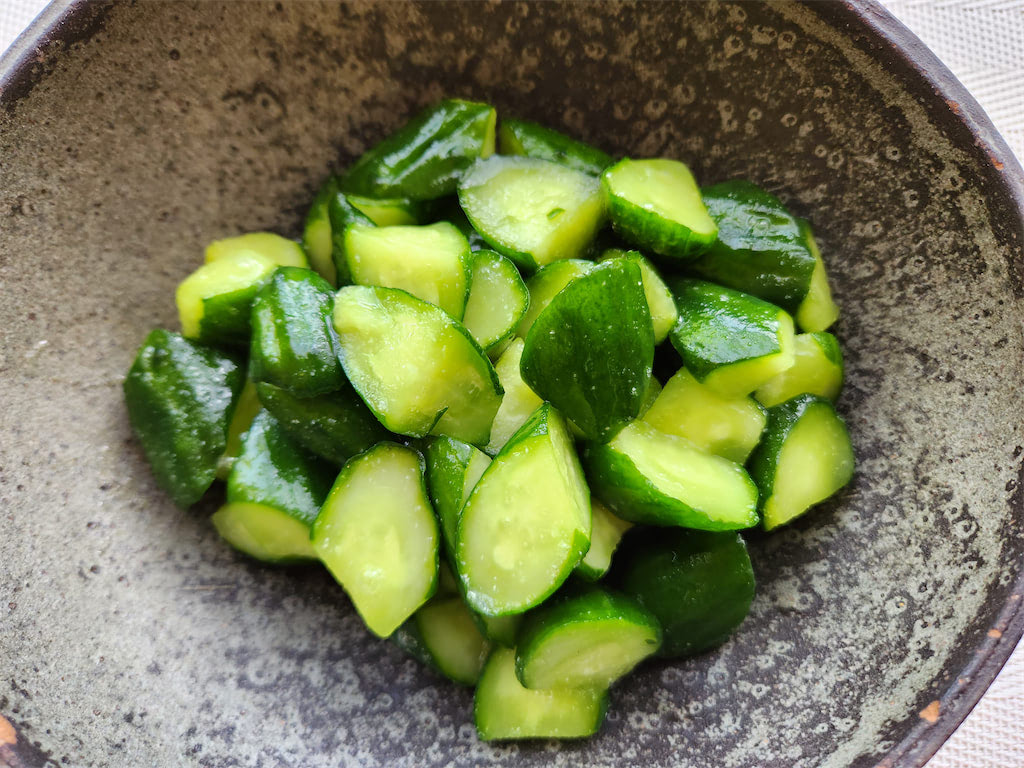
Wasabi-Pickled Cucumbers
胡瓜のわさび漬け
Kyūri no Wasabi-Zuké
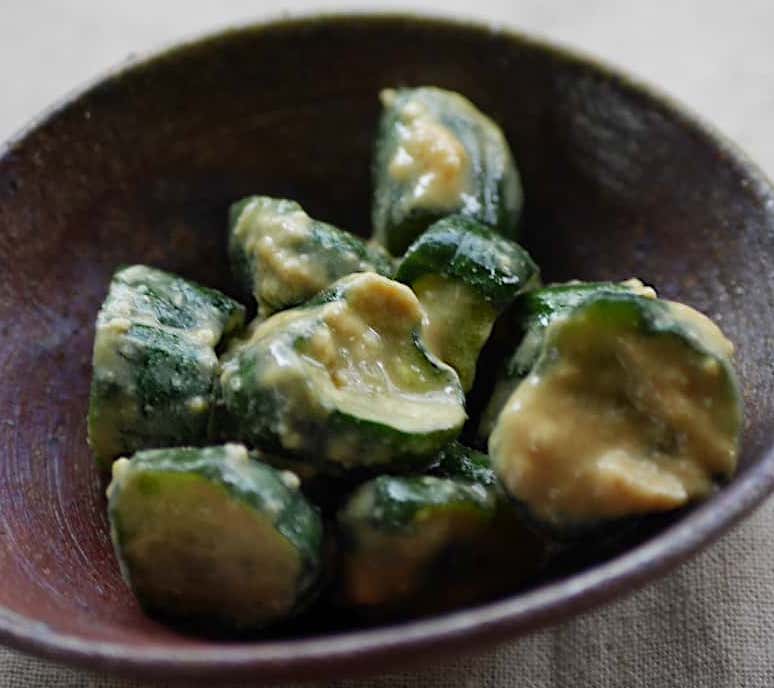
Mustard-Spiked Kōji-Pickled Cucumbers
胡瓜の辛子麹漬け
Kyuuri no Karashi Kōji-Zuké
Download your copy of the SEPTEMBER 2025 newsletter
about
残暑 Zansho Lingering Heat and 納涼 Nōryō Escaping the Heat
Recipes and Resources
Stock (Dashi)
Dashi stock is essential to making soups and simmered or stewed dishes. Dashi is also used when making many egg dishes and all sorts of sauces, dips and dressings. Using good dashi will make a noticeable difference in the outcome of so many dishes you prepare.
Click to download recipes for (vegan) Kelp Alone Stock or Standard Sea Stock + Smoky Sea Stock
How to Cook Rice
In Japanese, the word for cooked rice, ご飯 GOHAN, is the same as the word for a meal, ご飯 GOHAN. Indeed rice is central to the meal. Download the Rice with Mixed Grains recipe.
How to Prepare Sushi Rice
Sushi dishes are made with rice that has been seasoned (with sweetened vinegar) AFTER being cooked. Download the Classic Sushi Rice recipe.
Quick Pickles
The Japanese enjoy a wide variety of tsukémono pickles, many can be assembled quickly and are ready to eat within a short time.
Download a recipe for Quick-Fix Hakusai Cabbage.
PROJECT Kayaku Gohan
Vegetables cooked into RiceKayaku (Takikomi) Gohan加薬 (炊き込み) ご飯 In different parts of Japan, rice that is cooked in a flavored liquid with a variety of ingredients (that went to flavoring that liquid) goes by various names. The most generic is takikomi because it...
Thanksgiving Rituals in Japan
In Japan, rice is more than just sustenance. It holds symbolic and sacred significance. Rice yield was also a measurement of wealth during the Edo Period (1603-1868). Early records of rituals celebrating the harvest and entreating future prosperity, called nii namé...
PROJECT Serving Chawan Mushi
This PROJECT is about serving chawan mushi, a dish that requires heatproof cups to cook the egg custards in and to bring them piping hot to table. Because Japan's food culture places importance on the presentation of food, often specialized tableware is chosen....
PROJECT Setting the Autumn Table
This PROJECT is about setting the table... to set the stage for autumn's culinary pleasures. One simple and fun way to do this is by choosing fall-themed HASHI OKI (choptsick rests). Pictured above are a few of the options: autumnal maple leaves, chestnuts, shimeji...


